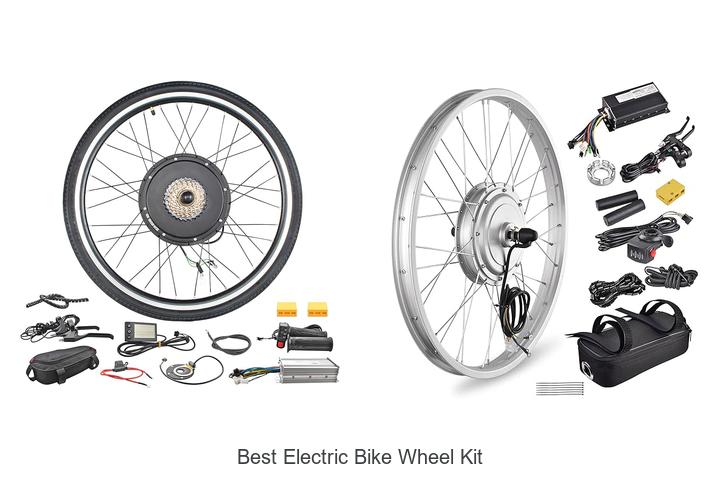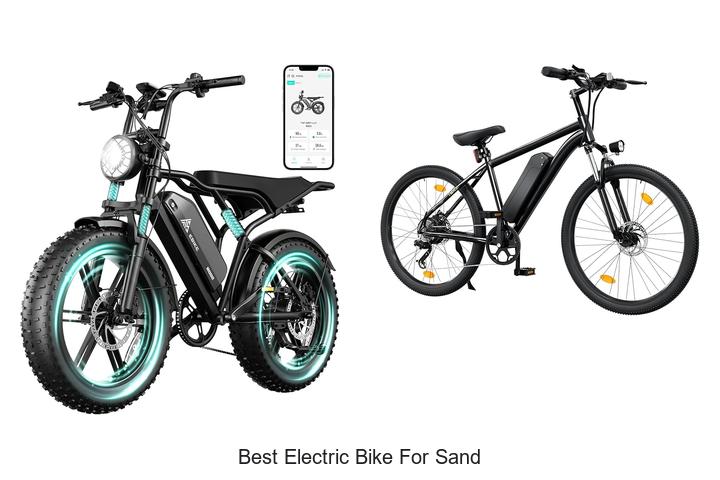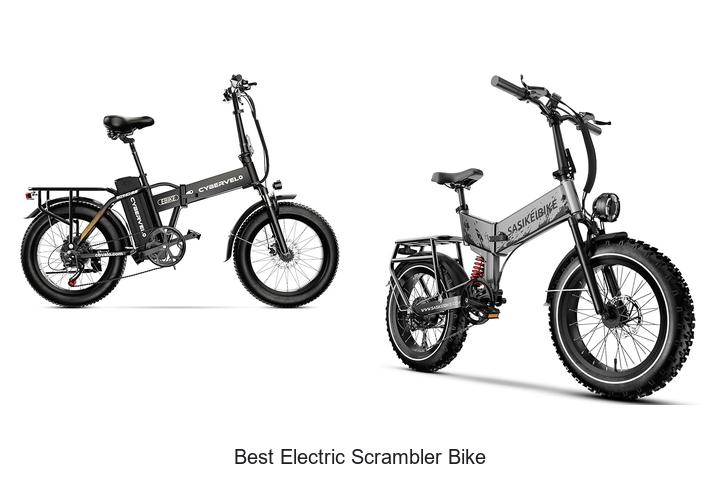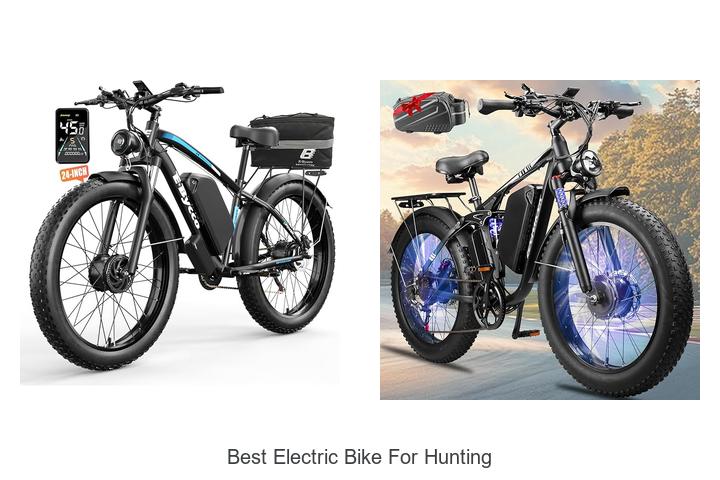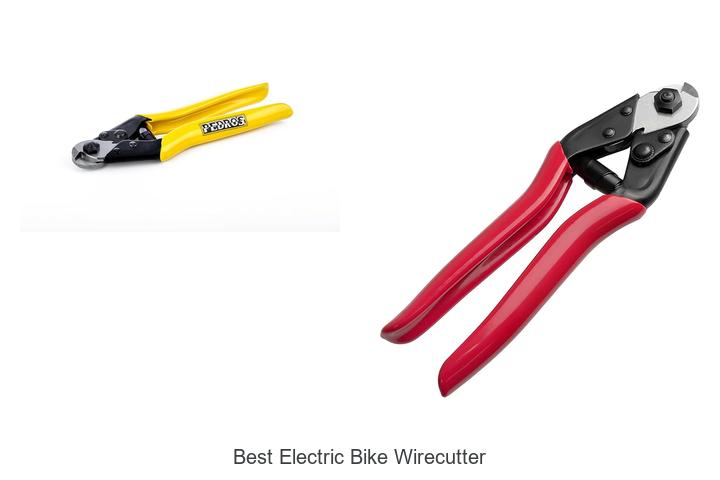How Fast Does a 48V Electric Bike Go? Speed and Factors Explained
If you’re curious about electric bikes you’ve probably wondered how fast a 48v electric bike can go. These bikes offer a powerful boost compared to lower voltage models but speed can vary based on several factors. Understanding what influences their top speed helps you choose the right bike for your needs.
A 48v electric bike typically reaches speeds between 20 to 28 miles per hour. But your actual speed depends on things like motor wattage rider weight terrain and local regulations. Whether you’re commuting or just enjoying weekend rides knowing what to expect from a 48v setup will help you get the most out of your e-bike experience.
Understanding 48V Electric Bikes
48V electric bikes use a 48-volt battery system that provides higher power output than lower voltage models. You benefit from improved speed and torque, which affect your riding experience.
What Is a 48V Electric Bike?
A 48V electric bike features a battery with a nominal voltage of 48 volts. This battery powers the electric motor, supplying energy to assist your pedaling or drive the bike independently. You’ll find 48V systems common in mid-range to high-performance e-bikes, designed for faster acceleration and longer range compared to 36V systems. The higher voltage translates to increased motor efficiency and generally supports motors rated between 500 and 1000 watts.
Key Components Influencing Speed
Several components determine your 48V e-bike’s speed:
- Motor Wattage: You control how fast you go through motor power. Motors rated from 500W to 1000W deliver speeds from 20 to 28 mph, with higher wattage increasing potential top speed.
- Battery Capacity: You rely on ampere-hours (Ah) to measure how long your motor can maintain peak power. Larger capacities sustain higher top speeds over longer distances.
- Controller: You manage power flow through the controller, which regulates voltage and current to the motor, affecting acceleration and max velocity.
- Bike Weight: You experience reduced speed if the total bike and rider weight increases, because the motor works harder to overcome inertia.
- Tires and Terrain: You notice that road or trail conditions change speed. Smooth pavement allows faster speeds, while hills or rough terrain reduce velocity regardless of the 48V system.
By understanding these factors, you optimize your 48V e-bike’s speed and performance according to your riding style and environment.
Factors Affecting the Speed of a 48V Electric Bike
Several factors influence how fast your 48V electric bike travels. Understanding these elements helps you maximize speed and performance tailored to your needs.
Motor Power and Efficiency
Motor power directly impacts your bike’s top speed. Motors ranging from 500W to 1000W typically reach speeds between 20 and 28 mph. Higher wattage motors generate more torque and maintain speed on inclines better. Efficient motors minimize energy loss, ensuring more power converts to motion and improving acceleration and sustained speeds.
Battery Capacity and Voltage
Battery capacity, measured in ampere-hours (Ah), affects how long your bike sustains peak speed. Larger capacities provide longer rides at consistent speeds before recharging. Voltage influences power delivery; a stable 48V system offers higher power output compared to lower voltage setups, which translates into quicker acceleration and higher maximum speeds.
| Factor | Impact on Speed | Measurement Units |
|---|---|---|
| Motor Power | Determines maximum speed and torque | Watts (W) |
| Battery Capacity | Extends duration of high-speed rides | Ampere-hours (Ah) |
| Voltage | Increases power output | Volts (V) |
Rider Weight and Terrain
Your weight affects acceleration and top speed; heavier riders experience reduced speeds due to increased drag and load on the motor. Terrain type plays a crucial role; flat, smooth surfaces allow higher speeds, while inclines, rough roads, and off-road conditions slow the bike down. Tailoring your ride to terrain optimizes your 48V e-bike’s performance.
Typical Speed Range of 48V Electric Bikes
48V electric bikes typically reach speeds between 20 and 28 miles per hour. Your actual speed depends on terrain, rider weight, and motor power.
Average Speed on Flat Terrain
You can expect 48V e-bikes with motor wattage between 500W and 750W to maintain speeds of 22 to 28 mph on flat terrain. Bikes equipped with 1000W motors may exceed 28 mph under ideal conditions. Efficient battery output and low rolling resistance contribute to consistent speeds on level surfaces. Maintaining tire pressure also helps you achieve maximum speed.
Speed Variations on Hills and Rough Terrain
You will notice a drop in speed when riding uphill or on rough terrain. Climbing steep hills can reduce your speed by 30% to 50%, depending on motor power and battery capacity. Rough, uneven surfaces increase drag, causing further slowdowns. Models with higher torque and better suspension handle such challenges better but still see decreased speeds compared to flat conditions.
Comparing 48V Electric Bikes to Other Voltage Bikes
Understanding how 48V electric bikes compare to lower and higher voltage models helps you choose the right e-bike for your speed needs. Voltage influences power output, acceleration, and top speed.
36V vs 48V Electric Bikes
36V electric bikes usually reach top speeds around 15 to 20 mph, limited by lower power output. The 36V battery system provides less torque and slower acceleration compared to 48V systems. If you ride mostly on flat terrain and prefer a lighter, more affordable bike, 36V models fit well. However, for faster speeds between 20 and 28 mph and better hill-climbing ability, 48V bikes offer a noticeable upgrade in both power and performance.
Higher Voltage Bikes and Their Speed Differences
Higher voltage bikes, such as 52V or 72V systems, push top speeds beyond what 48V models can provide. These bikes often pair with motors rated from 750W to 1500W, delivering speeds of 28 to 35+ mph on flat terrain. You gain quicker acceleration and improved torque, which proves beneficial for steep hills or heavier riders. Keep in mind, higher voltage setups typically add weight and cost, and local regulations might restrict maximum legal speeds for e-bikes with voltage above 48V.
Tips to Maximize Your 48V Electric Bike’s Speed
Improving your 48V electric bike’s speed involves regular maintenance and smart riding techniques. Focus on key areas to sustain higher speeds and enhance overall performance.
Maintenance and Upkeep
Keep your bike in peak condition to prevent speed loss. Check tire pressure weekly and inflate tires to the recommended PSI; under-inflated tires increase rolling resistance, reducing speed. Clean and lubricate the chain regularly to ensure smooth power transfer. Inspect the battery connections and wiring for corrosion or loose contacts, as poor connections limit power output. Replace worn brake pads promptly because dragging brakes lower speed. Update your bike’s firmware if available, since manufacturers often optimize motor efficiency through software. A well-maintained 48V battery with proper charging habits extends battery life and supports consistent maximum output.
Riding Techniques for Better Performance
Adopt riding habits that reduce drag and energy waste for faster speeds. Maintain a steady cadence close to your bike’s optimal pedal assist range, often 60–90 RPM, to maximize motor efficiency. Shift gears proactively before inclines to prevent slowing. Use pedal assist levels matching terrain demands to avoid overloading the motor. Position your body to minimize wind resistance by leaning forward slightly when safe. Avoid abrupt acceleration or excessive braking, as these consume more battery power and reduce speed. Plan your routes to favor flat terrain and smooth surfaces, since rough or steep paths decrease average speed on 48V electric bikes.
Conclusion
Your 48V electric bike offers a powerful balance of speed and efficiency that’s ideal for a variety of riding needs. By understanding how voltage, motor power, and external factors affect your bike’s performance, you can choose the right model and get the most out of every ride.
With proper maintenance and smart riding habits, you’ll keep your e-bike running smoothly and maximize its speed potential. Whether you’re commuting or exploring trails, your 48V e-bike is designed to deliver a reliable and enjoyable experience that matches your pace.
